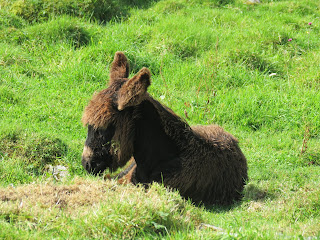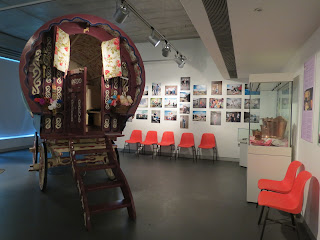Viking Age Archaeology in Scandinavia and the North Atlantic
Prehistoric Societies in Ireland
Introduction to Irish History for Visiting Students
Religion and Magic in Reformation Europe: Witches, Demons, Jews, and Heretics
Aspects of Irish Folklore
 |
| My Schedule |
Religion and Magic I think is going to be perhaps the most awesome class I've ever taken. The professor is really nice, knowledgeable, and engaging and I always love learning about witches. Plus two quotes from class today:
(when describing the 1960s) "Free love and bishops had power."
"A concubine is not a porcupine."
Today was also Societies' Day which meant that every society (what we would more likely call a club) had a table set up trying to get people to sign up. Even though it was incredibly packed, my friend Kayla and I managed to find our way through and sign up for quite a few societies. I signed up for the Historical Society, Archaeological Society, Photography Society, International Students Society, Sci-Fi Society, and the Hot Beverage Appreciation Society.
Yesterday there was also a Clubs' Day, but I am not an athletic person so I kinda grabbed the basic booklet and left.
My flatmates and I are discovering that the internet gets really bad at night, and skype is almost impossible to get working correctly. This thus involves us getting very frustrated with our first world problems, but at least we're figuring out a strategy to try and get our interneting done in the morning. So I'll just finish this post before the internet crashes again :)

















































